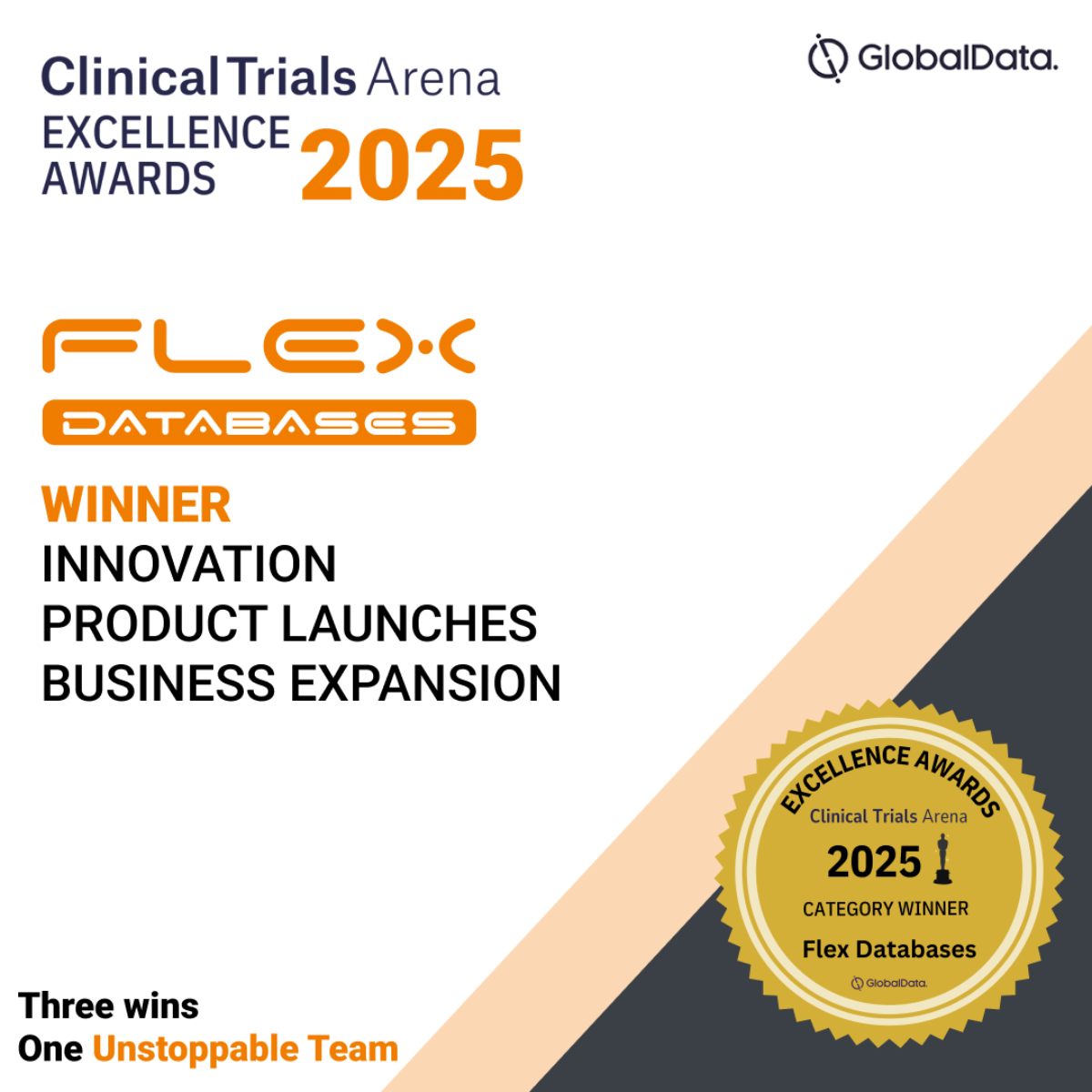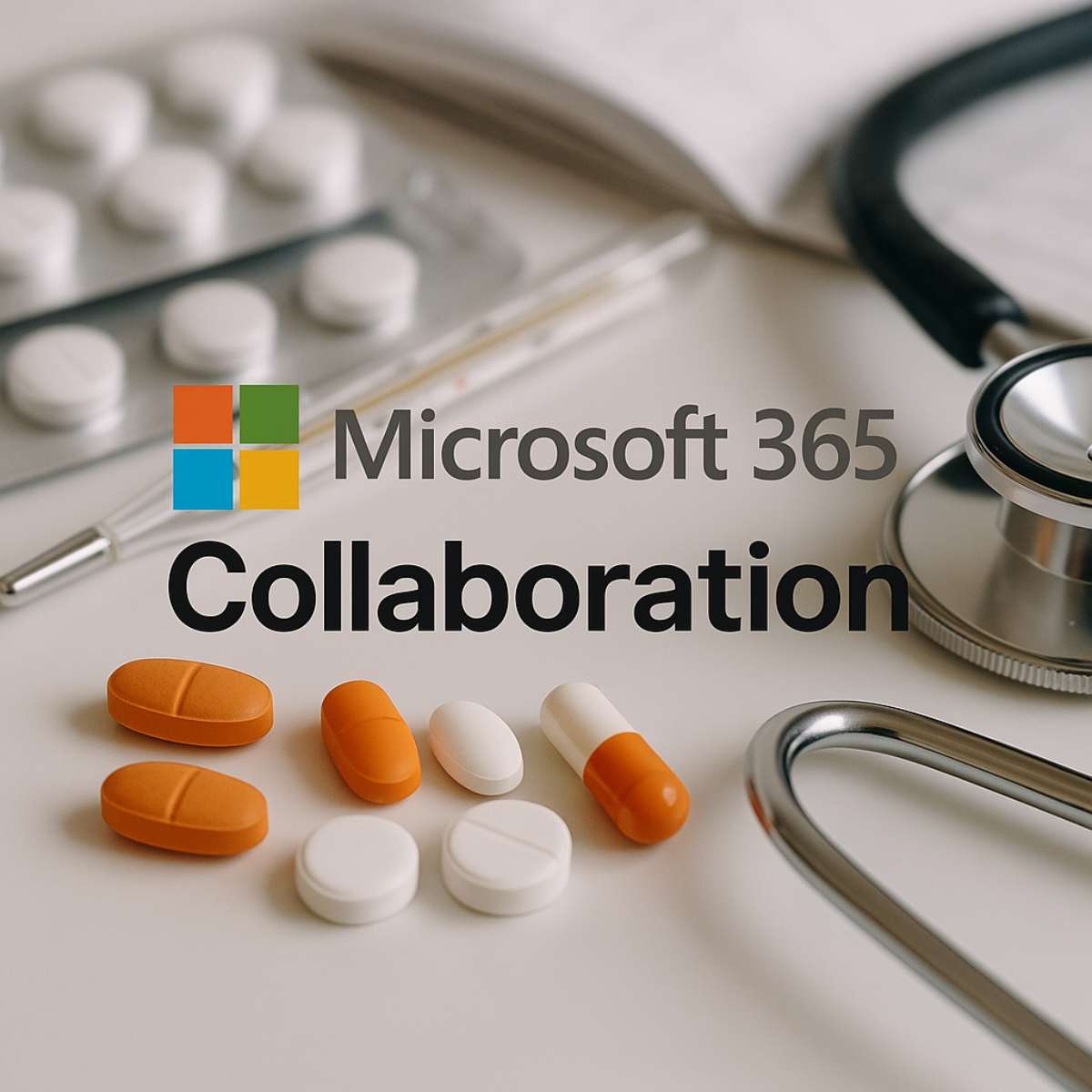Top eTMF Features
July 18, 2024

Trial master files (TMFs) are essential for completing clinical studies, but managing TMF content can be very complex. Electronic trial master file (eTMF) systems represent the next step in clinical trial document management and are becoming an integral part of future clinical research.
What is an eTMF?
An electronic trial master file (eTMF) is a digital upgrade to paper TMFs. eTMF software solutions provide guidance and assistance in setting up, collecting, storing, tracking, and archiving essential clinical study data.
eTMF solutions empower clinical teams to create, upload, classify, and index data related to their research effortlessly. Thanks to the software’s capacity to connect to the cloud, eTMF systems for clinical trials allow documents to be viewed and collaborated on from multiple locations in real time.
What Does an eTMF Do?
Modern electronic trial master file (eTMF) platforms reduce the cost, complexity, and time required to manage clinical trial processes. While the main function of eTMF systems is to digitalize clinical trial documentation, innovative eTMF solutions also serve as a hub for different parties involved in clinical trials to collaborate seamlessly.
At its core, an eTMF system is built to manage clinical trial documents. These platforms automate many tasks that would otherwise require manual input. They improve document organization and process accuracy through metadata gathering. However, an eTMF solution offers much more than just document management.
Key Functions of an eTMF
- Document Management. eTMF systems create, store, classify, and index clinical trial documents, making them easily accessible and organized.
- Automation. Many manual tasks, such as document review and approval processes, are automated, reducing human error and increasing efficiency.
- Collaboration. Modern eTMF platforms enable contract research organizations (CROs), sponsors, and clinical sites to cooperate and coordinate activities through the application. Users can author, review, edit, and approve documents within the system.
- Secure Communication. eTMF solutions provide a secure communication channel, ensuring that sensitive information is protected and shared only with authorized personnel.
- Transparency. The software infrastructure of eTMF platforms offers an extra layer of transparency to the entire research process, allowing stakeholders to monitor progress and ensure compliance with regulatory standards.
eTMF systems are powerful tools that not only manage documents but also enhance collaboration and communication among clinical trial stakeholders, providing a comprehensive solution for clinical research management.
The eTMF document management system is a powerful tool for handling documents, which increases collaboration and communication between clinical stakeholders and hence is a complete solution for clinical research management.
Why is an eTMF Important?
Electronic trial master files (eTMFs) have rapidly become the standard for both big and small companies. The efficiency, convenience, and cost-effectiveness of eTMF solutions have made them the preferred choice for many life sciences companies and regulatory agencies.
Accessibility and Affordability
Initially, eTMF software was a luxury only larger companies could afford. However, the latest generation of eTMF applications is easy to deploy and helps reduce operational costs. This accessibility allows smaller companies, even those without a dedicated IT department, to implement eTMF solutions without hurting their bottom line. Increased operational efficiency directly correlates with improved profitability.
Key Factors Driving Popularity of eTMF
- Modern eTMF systems allow clinical trial documents to be accessed globally in real-time, improving collaboration and communication among all parties involved.
- eTMF platforms offer advanced file management and document workflow solutions, providing a more organized and efficient document management environment.
- eTMF solutions track critical metadata, allowing documents to be sorted, categorized, and grouped based on various attributes. This feature enhances the organization and retrieval of documents.
- A clear audit trail is maintained, simplifying the auditing process and ensuring transparency and accountability in document handling.
- eTMF functionality ensures compliance with regulatory guidelines. Regulatory bodies such as the FDA and EMA have released guidelines for the appropriate use of electronic clinical documents, and eTMF systems help companies adhere to these standards.
eTMFs provide a comprehensive solution for managing clinical trial documents efficiently and effectively, enhancing operational efficiency, regulatory compliance, and collaboration across the clinical research landscape.
Benefits of an eTMF
- Faster Processes․ eTMF software shortens clinical timelines by speeding up studies and ensuring that everyone involved has access to the latest documents. Automated quality control continuously compiles documents without needing manual error checks.
- Simplified Communication with IRBs/IECs․ eTMF software streamlines collaboration with institutional review boards (IRB) and independent ethics committees (IEC). It creates specific portals for these entities, granting them easy access to necessary documents.
- Reduced Paper Use․ eTMF applications minimize paper usage in the workplace. This reduction cuts down on snail mail, scanning, filing, storing, and retrieving documents, along with the associated costs.
- Cost-Effectiveness․ eTMF software has become essential due to its convenience and efficiency. It automates repetitive tasks, freeing professionals to focus on more productive assignments.
- Strengthened Collaboration with Sites․ eTMF systems make managing multiple site-level documents less stressful. They eliminate document overlap and simplify the conversion of investigator site files (ISFs) to a TMF format, ensuring up-to-date and accessible documents.
- Streamlined Collaboration with CROs․ eTMF systems keep all TMF content in a central hub, eliminating the need to transfer paper documents to CROs. Remote access allows CROs to review and comment on documents from any location, reducing overhead costs associated with document shipment.
Top eTMF Features
Real-Time Document Management
With an eTMF system, users can track and view documents in real-time from any location. The software allows checking the status of documents to see if they are completed, filed, or missing. Accessibility tools such as reporting and data export further enhance document management capabilities.
Reusability
Documentation created using an eTMF solution can be structured uniformly. Users have access to templates that ensure consistency, while automation keeps documents organized. This allows documents created for one study to be easily reused in future research.
Remote Collaboration and Data Collection
An eTMF solution acts as a central hub for study teams to collaborate. The entire TMF process, from setup to archival, can be viewed remotely by multiple professionals, who can also comment on various aspects.
Improved Document Search Management
eTMF systems eliminate the time spent searching for documents. Documents are created and uploaded with metadata, making them easier to locate, retrieve, and inspect. Users can customize data organization using predefined TMF content structures and perform searches based on metadata or document content.
Progress Tracking and Coordination
eTMF systems consolidate multiple functionalities into one, helping users coordinate processes with greater accuracy. The software maintains the most up-to-date versions of documents, ensuring no one works with outdated information. Certified professionals have real-time access to study progress, and the robust search and retrieval features ensure documents are readily available when needed.
Key Performance Metrics Visibility Tracking
eTMF software allows users to extract actionable insights and key business intelligence directly from clinical documents. Embedded analytics guide the decision-making process.
Security
eTMF solutions feature cutting-edge security measures to protect sensitive clinical research material. The software is password-protected and has a robust system infrastructure to keep critical information secure. Authorized users can access documents easily, while unauthorized access is prevented.
Audit and Inspection Readiness
All documents are created and stored directly in the system, accessible to those with the right credentials. Modern eTMF systems include workflows for quality review processes, ensuring all documents undergo formal quality control. eTMF solutions support electronic signatures, speeding up compliance procedures. The system’s specialized views, searching tools, and reporting features facilitate inspections by indicating which documents are needed.
eTMF Process Management and Workflows
Transitioning to an electronic Trial Master File (eTMF) system significantly enhances operational efficiency in managing TMF processes. Unlike traditional paper-based methods, an eTMF allows for seamless document collection during site visits, empowering monitors to upload documentation directly or centralize processing. This efficiency empowers monitors with more time for value-added tasks like risk-based Source Data Verification (SDV) and investigator meetings onsite. Flex Databases’ eTMF solution ensures secure document collaboration, maintaining version control and audit trail integrity for compliance.
Trial Master File Structure
Efficient data management in life sciences hinges on structured organization. Flex Databases integrates industry-standard models like the TMF Reference Model, EDM Reference Model for Regulatory Documents, and ICH eCTD model. This approach not only streamlines audits and inspections but also supports interoperability with other eClinical systems, facilitating seamless data exchange and regulatory compliance.
Customizable User Roles
Managing multiple concurrent studies requires clear delineation of user roles within the eTMF. Flex Databases’ granular permission settings ensure role-based access control, safeguarding sensitive trial data. Customizable user roles streamline collaboration, audit readiness, and operational flexibility throughout the study lifecycle.
System & Email Notifications
Effective eTMF management relies on proactive notification systems akin to personal digital platforms. Flex Databases’ intelligent notification framework alerts users to actionable tasks, enhancing cross-functional communication and reducing operational gaps. Automatic notifications ensure timely document handling, enhancing compliance and operational efficiency.
Robust Access Controls
Secure management of sensitive TMF data demands stringent access controls. Flex Databases’ access management features authenticate user identities and enforce role-based permissions. This ensures data integrity and compliance with regulatory standards, mitigating unauthorized access risks across internal and external stakeholders.
Configurable Metadata
Metadata forms the backbone of intelligent eTMF systems, facilitating efficient document retrieval and workflow automation. Flex Databases’ configurable metadata capabilities enable tailored metadata fields alignment with organizational processes, enhancing searchability and operational efficiency.
Full TMF Search
Enhanced search functionalities in Flex Databases’ eTMF leverage comprehensive metadata, enabling quick and accurate document retrieval. Robust search capabilities support efficient data classification and retrieval, crucial for maintaining TMF completeness and audit readiness.
Electronic & Digital Signature Technology
Compliance with regulatory requirements, such as 21 CFR Part 11, is integral to Flex Databases’ eTMF signature functionalities. Electronic and digital signature capabilities ensure audit trail transparency and compliance with electronic records management standards, eliminating manual signature processes.
Email & Correspondence Management
Effective management of trial correspondence is critical for compliance and collaboration. Flex Databases integrates email correspondence management features, enabling users to archive critical communications securely within the eTMF. This functionality supports regulatory requirements and enhances trial documentation integrity.
Dynamic Reporting & Business Intelligence
Flex Databases’ integrated reporting tools provide real-time insights into TMF health, streamlining compliance monitoring and audit preparation. Automated reporting reduces reliance on manual tracking, optimizing study oversight and operational efficiency.
Archiving & Retrieval
Flex Databases’ centralized repository and archiving capabilities ensure secure and accessible storage of final trial records. Compliance with regulatory retention requirements is upheld through structured archival strategies, supporting long-term data integrity and accessibility.
Configurable File Plan
Flex Databases’ customizable file plan supports accurate TMF completeness assessment and audit readiness. Tailored file plans accommodate study-specific document requirements, enhancing data accuracy and regulatory compliance.
eTMF Integration
Flex Databases supports seamless integration with other clinical trial systems, facilitating data exchange and interoperability. Integration capabilities enhance operational efficiency and data consistency across trial management platforms.
ISF Reconciliation
Flex Databases’ ISF reconciliation features ensure alignment between TMF and investigator site files, streamlining document management and compliance checks. Cross-referencing capabilities support efficient document tracking and retrieval within the eTMF.
TMF Export and Content Exchange
Flex Databases supports DIA Exchange Mechanism Standards, enabling streamlined content exchange between eTMF systems. This facilitates efficient data transfer for interim and final TMF submissions, ensuring compliance with regulatory filing requirements.



